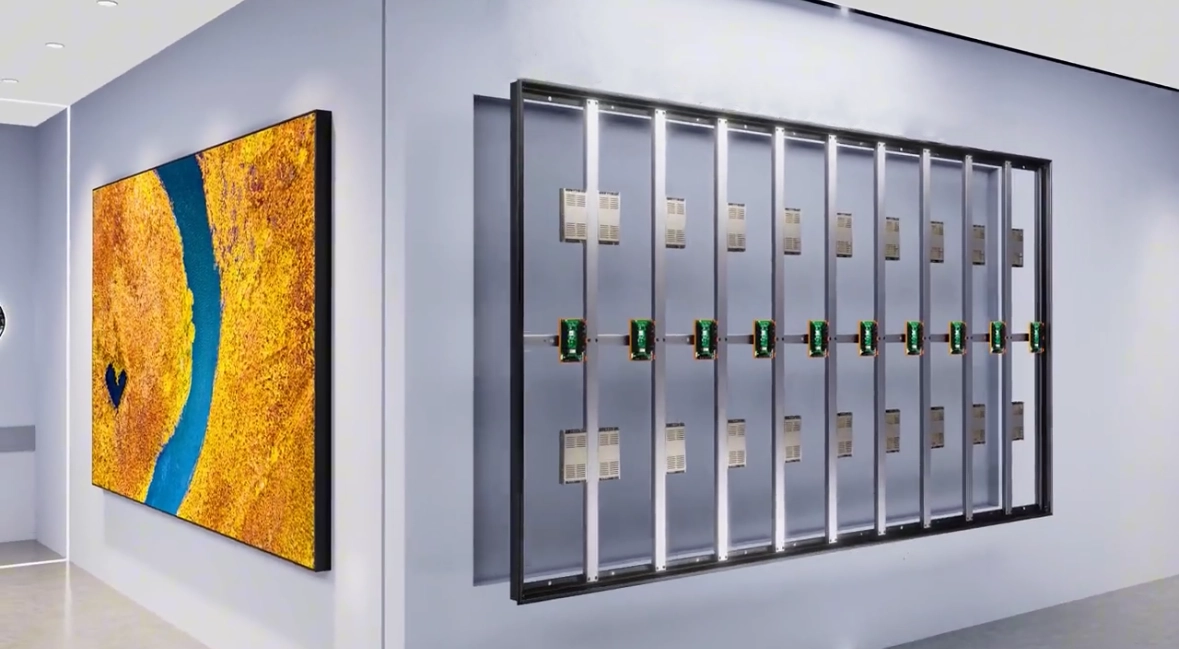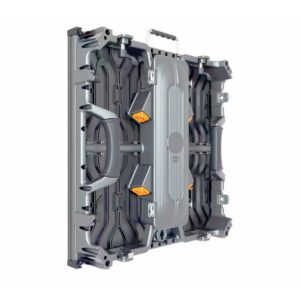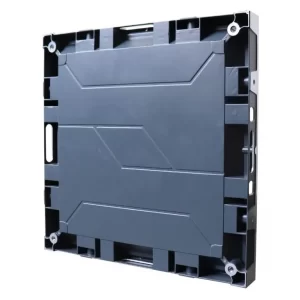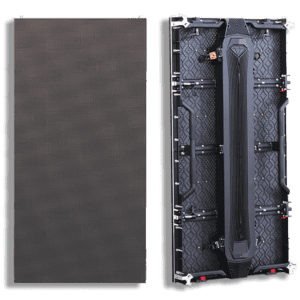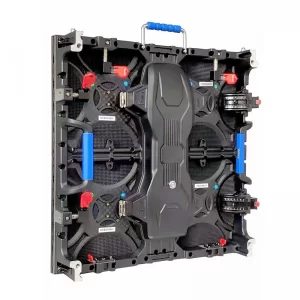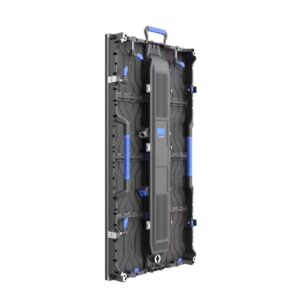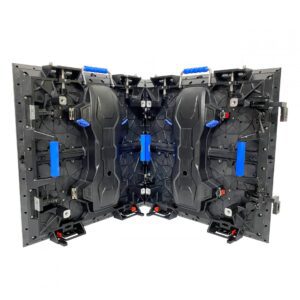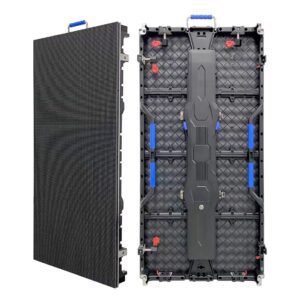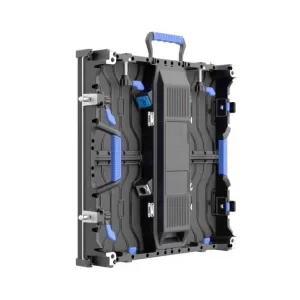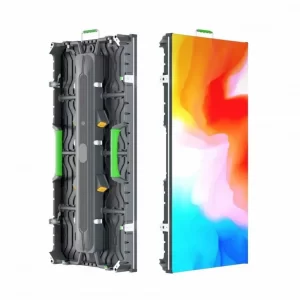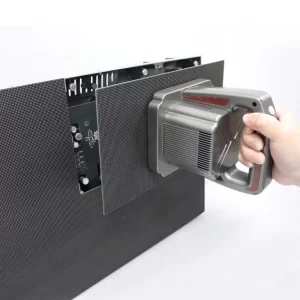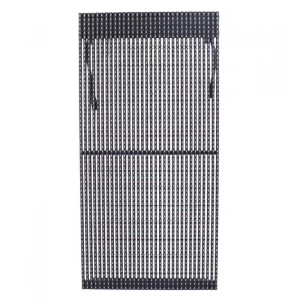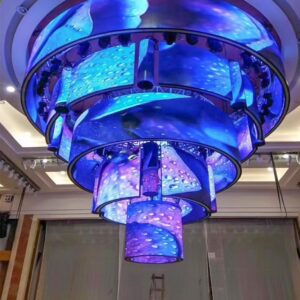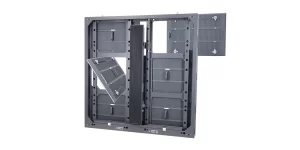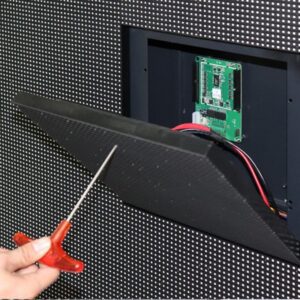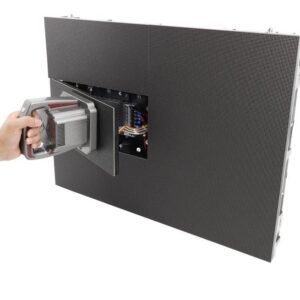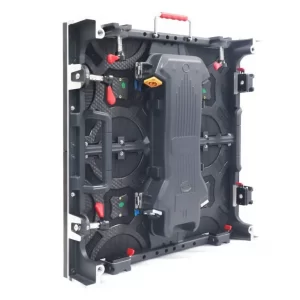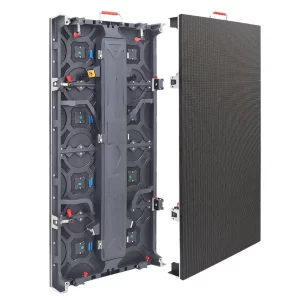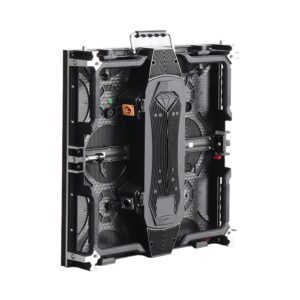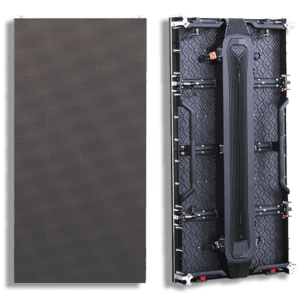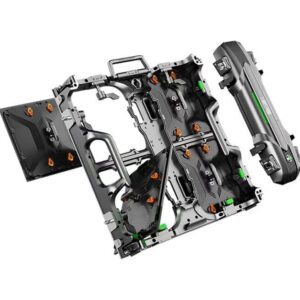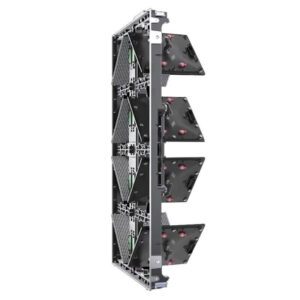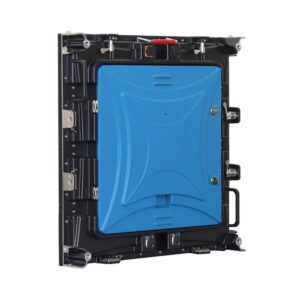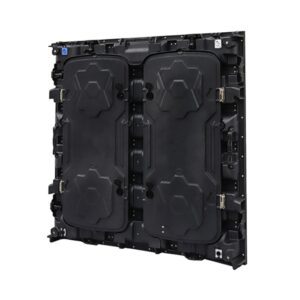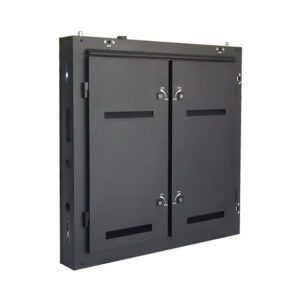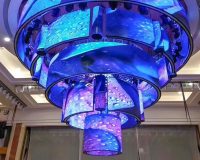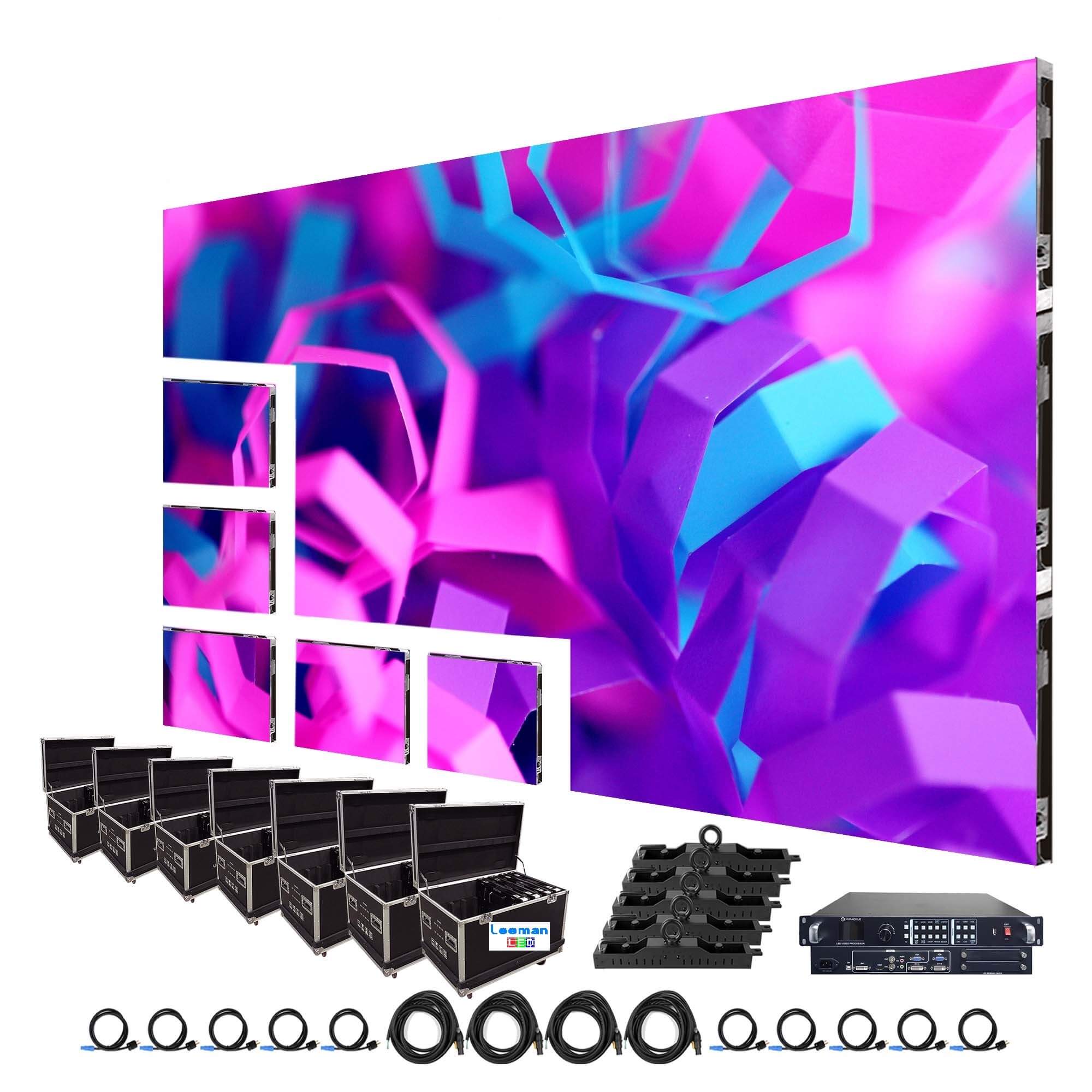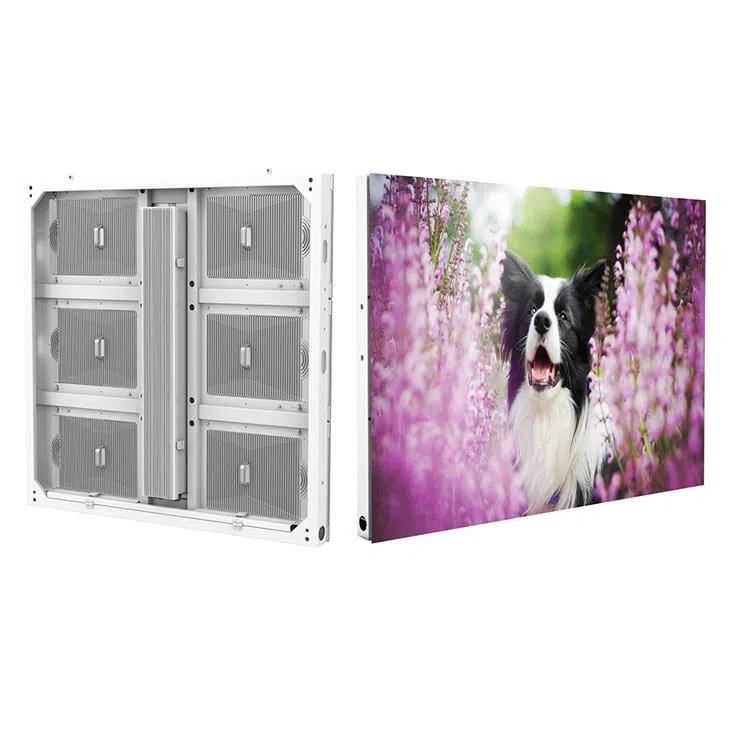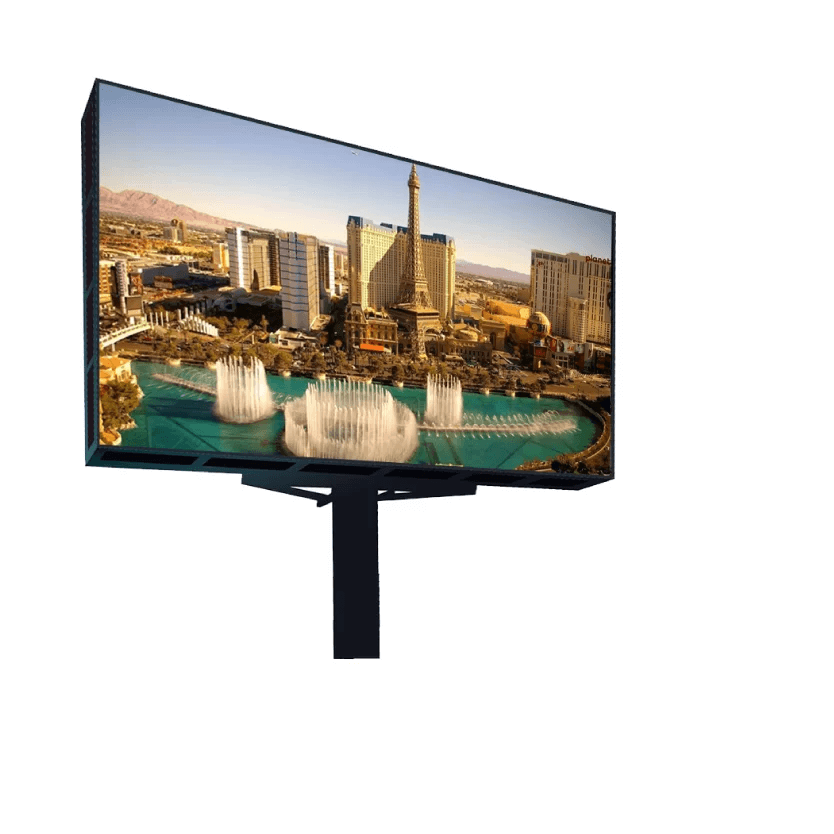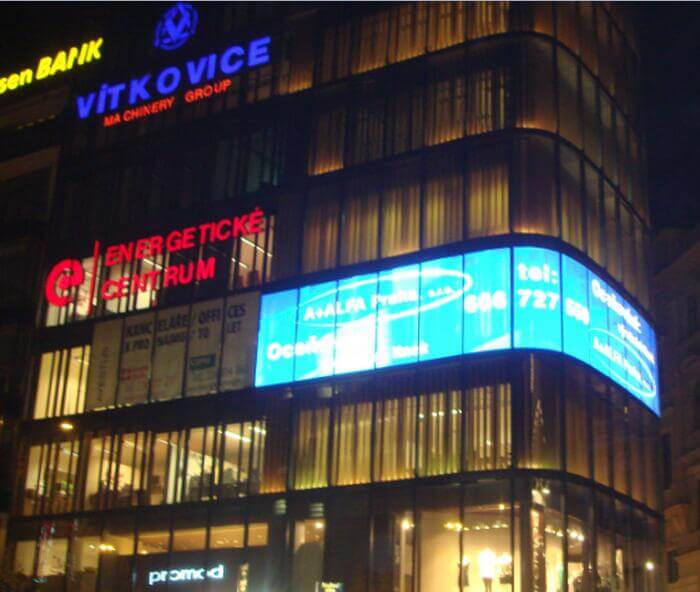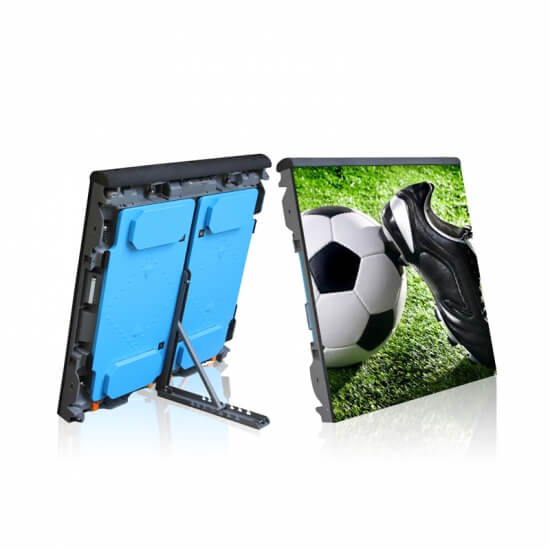SMD vs DIP LED Display Modules: Which is Right for You?
LED display modules are a popular choice for creating eye-catching digital signs and video walls.
But with two main types – SMD (Surface Mounted Device) and DIP (Dual In-Line Package) – choosing the right one can be tricky.
SMD LED Display Modules
Advantages:
High Resolution and Image Quality: SMD LEDs are tiny, allowing them to be packed closer together. This creates a higher pixel density and sharper visuals, ideal for applications requiring intricate details like indoor video walls and close-up viewing.
Wider Viewing Angles: SMD displays typically offer wider viewing angles than DIP displays, making the content visible from a broader range of positions.
Sleek and Lightweight Design: The smaller profile of SMD LEDs translates to thinner and lighter display modules, enhancing aesthetics and simplifying installation.
Energy Efficient: While generally brighter than DIP LEDs, SMD displays often consume less power due to efficient heat dissipation.
Disadvantages:
Lower Brightness: Compared to DIP LEDs, SMD LEDs may struggle with achieving the ultra-high brightness levels needed for outdoor applications in direct sunlight.
Higher Cost: SMD technology is generally more complex and expensive to manufacture than DIP, leading to a higher price point for the modules.
Potential for Heat Buildup: Closely packed SMD LEDs can generate more heat, which if not managed properly, could affect lifespan and image quality.
DIP LED Display Modules
Advantages:
High Brightness: DIP LEDs are known for their exceptional brightness, making them ideal for outdoor applications where visibility under sunlight is crucial.
Durable and Weatherproof: The robust construction of DIP LEDs makes them more resistant to harsh weather conditions like rain, dust, and extreme temperatures.
Cost-Effective: DIP technology is simpler and less expensive to manufacture, resulting in a more budget-friendly option for LED displays.
Disadvantages:
Lower Resolution and Image Quality: Due to the larger size of DIP LEDs, the pixel pitch (distance between pixels) is wider, leading to lower resolution and a grainy appearance at close viewing distances.
Limited Viewing Angles: DIP displays typically have narrower viewing angles compared to SMD displays, restricting the optimal viewing zone.
Bulkier and Heavier Design: The larger size and traditional packaging of DIP LEDs contribute to a thicker and heavier module, which can be less aesthetically pleasing and more challenging to install.
Choosing the Right LED Display Module
Consider these factors when making your decision:
Application: Indoor displays requiring high resolution and close viewing distances benefit from SMD technology. Outdoor applications needing exceptional brightness and weather resistance are better suited for DIP displays.
Viewing Distance: If viewers will be close to the display, SMD’s high resolution is crucial. For long-distance viewing, DIP’s brightness is more important.
Budget: SMD displays typically have a higher upfront cost, while DIP displays are more budget-friendly.
Conclusion
Now that you have a better understanding of SMD and DIP LED display modules, LEEMAN LED is here to help you take the next step.
We offer a wide range of high-quality, customizable LED display solutions for any application.

